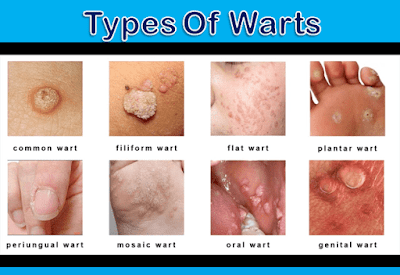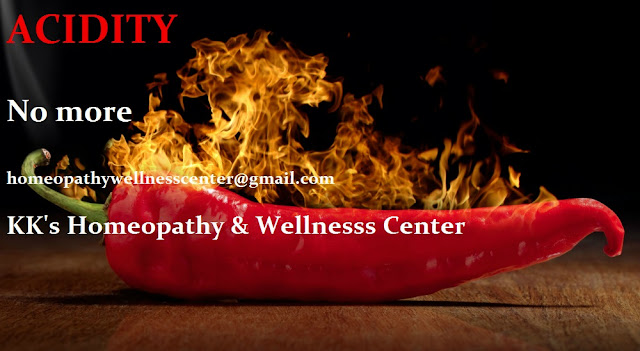ATTENTION DEFICIT HYPERACTIVITY DISORDER (ADHD): NOT A DIFFICULT CHILD AS YOU THINK
Around your
vicinity, in playground or in school you may have come across a very notorious
child who is famous for his mischievous behaviour. He seems to be hyperactive
and very restless. You might love him for his activeness but let me tell you
this child may have Attention Deficit Hyperactivity Disorder (ADHD) who needs treatment.
 |
| Courtsey:Internet |
ADHD is a condition
that usually starts from first five years of life of child. The child is
inattentive, has poor concentration and is impulsive or hyperactive that
interferes with his activities at school, home and social relationships too.
But not all hyperactive or inattentive children are ADHD.
A child
is called ADHD if his three actions; inattention, poor concentration and
hyperactivity or impulsivity is observed at most of the times in any at least
2 different settings; at home, school or social, for at least 6 months which
is must be more prominent than others of their age.
|
But there is nothing
much to worry about, ADHD is not a complex condition. It’s a behavioral disorder
and so just a cocktail of love and compassion can help this child.
Unfortunately, if
not treated on time it may persist into adolescence and may even continue into
adulthood in approximately 80% of children (Faraone
SV, The worldwide prevalence of ADHD: is
it an American condition? World Psychiatry. Jun 2003).
WHO ARE AT RISK?
The reason why this
influence some children is not found but certain causes may play a role in its development are certain genes
and neurotransmitters, substance use and abuse (cigarettes, alcohol
etc.) during pregnancy, exposure to high levels of lead, brain injuries in children, during
pregnancy, delivery or immediately after birth, premature delivery and low
birth weight, consumption of certain food additives like artificial
colors or preservatives, and sugar.
WHAT ARE SYMPTOMS?
ADHD can be
identified on the following symptoms.
·
May not follow
instructions or listen when spoken to
·
Leaves tasks
unfinished
·
Easily distracted
·
Makes careless
mistakes
·
Have trouble
sitting still and run around at inappropriate times
·
Tend to be clumsy
and occasionally destructive
1. Primarily hyperactive-impulsive: if symptoms of both criteria inattention and
hyperactivity-impulsivity present for the past 6 months.
2. Predominantly inattentive: if sufficient symptoms of inattention, but not
hyperactivity-impulsivity, present for the past six months.
3. Combined hyperactive-impulsive and
inattentive: if enough symptoms
of both criteria inattention and hyperactivity-impulsivity were present for the
past 6 months.
HOW TO PREVENT
Though following
measures will not cure the disease but may lower chances (Jeffrey M. Halperin& Anne-Claude V. Bédard& Jocelyn
T. Curchack-Lichtin. Preventive Interventions for ADHD:A Neurodevelopmental
Perspective. Neurotherapeutics, 2012).
Prevention
beforehand:
· Try to avoid or
reduce exposure to environmental toxins, such as lead and mercury.
· Warns mothers
against alcohol and cigarette use during pregnancy.
· Reduce or avoid
exposure to head injury during pregnancy and in infants, toddlers and children.
· Healthy diet,
exercise for preventing obesity.
Prevention
after diagnosis:
· Identify
hyperactivity and impulsivity in your child which is evident during the
preschool years who go on to develop the disorder.
· Engage your child
in challenging and cognitively stimulating games that are growth promoting.
Prevention
for consequences:
· Consult
psychologist for behavior therapy and brain stimulating activities and learning
by managing or limiting consequences after the disorder has manifested.
CONSEQUENCES
·
Increased risk for school failure and dropout in
both high school and college.
·
Social difficulties and family conflict.
·
Depression, anxiety and other mental health
disorders.
·
Accidental injury, Alcohol and drug abuse.
|
WHAT IS THE TREATMENT
ADHD child is generally
approached with educational and psychotherapy measures. Psychologist,
psychiatrist, educational specialist, or developmental behavioral pediatrician
has a great role in managing ADHD especially in case of severe aggression,
history of abuse and child who continue to have problem in functioning
despite treatment.
Do’s
and Don’ts in case of ADHD child
ü Avoid being fault-finding.
ü Always keep positive attitude.
ü Do not pressurize your child to perform.
ü Give simple activities initially followed by
gradual difficult tasks.
ü During activity or study give breaks.
ü Set rules and regulations.
ü Praise your child on completing task.
ü Promote self-responsibility and accountability
in a spirit of freedom to develop confidence in self and you.
ü Set a good example with positive behavior.
ü Involve your child in physical activity such as
judo, swimming etc. to strengthen him physically and mentally.
ü Use of electronic media such as laptops, TV,
smartphones, gaming devices and so on should be kept to a minimum.
|
HOW HOMEOPATHY CAN
HELP
Homoeopathy is
sought by many parents for ADHD with good outcomes.
ATTENTION DEFICIT HYPERACTIVITY
DISORDER (ADHD):
5 HOMEOPATHIC MEDICINES
|
HYOSCYAMUS NIGER
The child may have
poor control over his impulses, talking, joking, throwing tantrums at the
most inappropriate times. There are often tremendous difficulties with other
siblings; jealousy, provoking of fights and abuse.
|
STRAMONIUM
The precipitating
events is often followed by nightmare and eventually development of rage. The
rage is uncontrollable and impulsive, without malicious forethought. Distorts
face, pupils dilate when child is reprimanded (scolded) with expression of terror. Child is fearful, dreads darkness, clings to mother due to fear, desires light and
company; worse in dark and
solitude.
|
TARENTULA HISPANICA
Terror expression
face children, who are hurried, restless, could not keep quiet in any
position; impulse to walk. Child gets irritated from least excitement which
is followed by languid sadness. Child moods suddenly changes, from nervous
laughter to scream.
|
TUBERCULINUM
The child is unable
to remain long in one place, is loud and very demanding and capricious.
Sensitive, every trifles
irritates. The child is deliberately
destructive, obstinate and disobedient. Fits of temper if contraindicated,
desire to use foul language, great anger, tendency to strike others. He seems
completely indifferent to punishment or reprimand.
|
VERATRUM ALBUM
The child is curious
and almost adult level in conceptual ability. The inner frustration leads to
disobedience and behavior problems. There is great restlessness in the child.
Acute violent mania alternated with silence and refusal to talk, desire to
cut and tear, insanity, shrieks, curses.
© KK's Homeopathy & Wellness Center
|
Disclaimer
The
contents herein are for informational purposes only to understand health and
treatment conditions in a better way. It should not be taken as the substitute
of medical diagnosis. Always seek the advice of your physician or other
qualified health provider with any questions you may have regarding a medical
condition.
Would you like to consult us for ?
Ask your question.
KK’s Homeopathy Wellness Center



Comments
Post a Comment